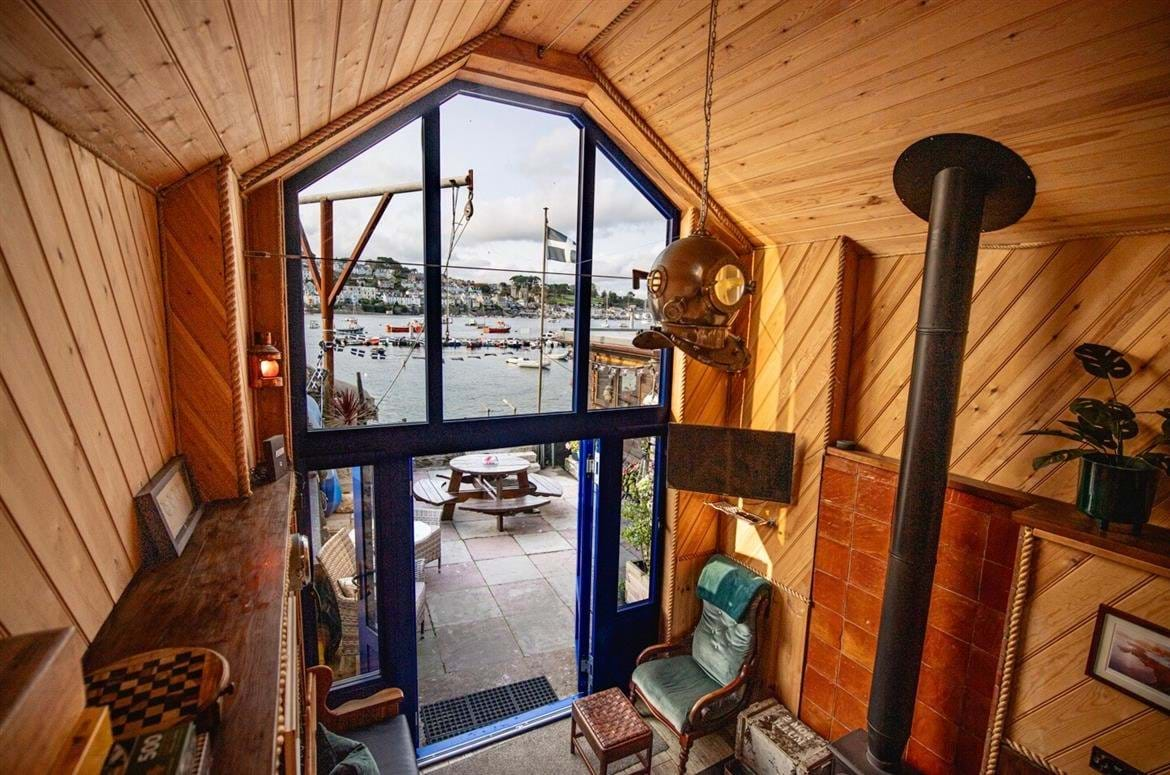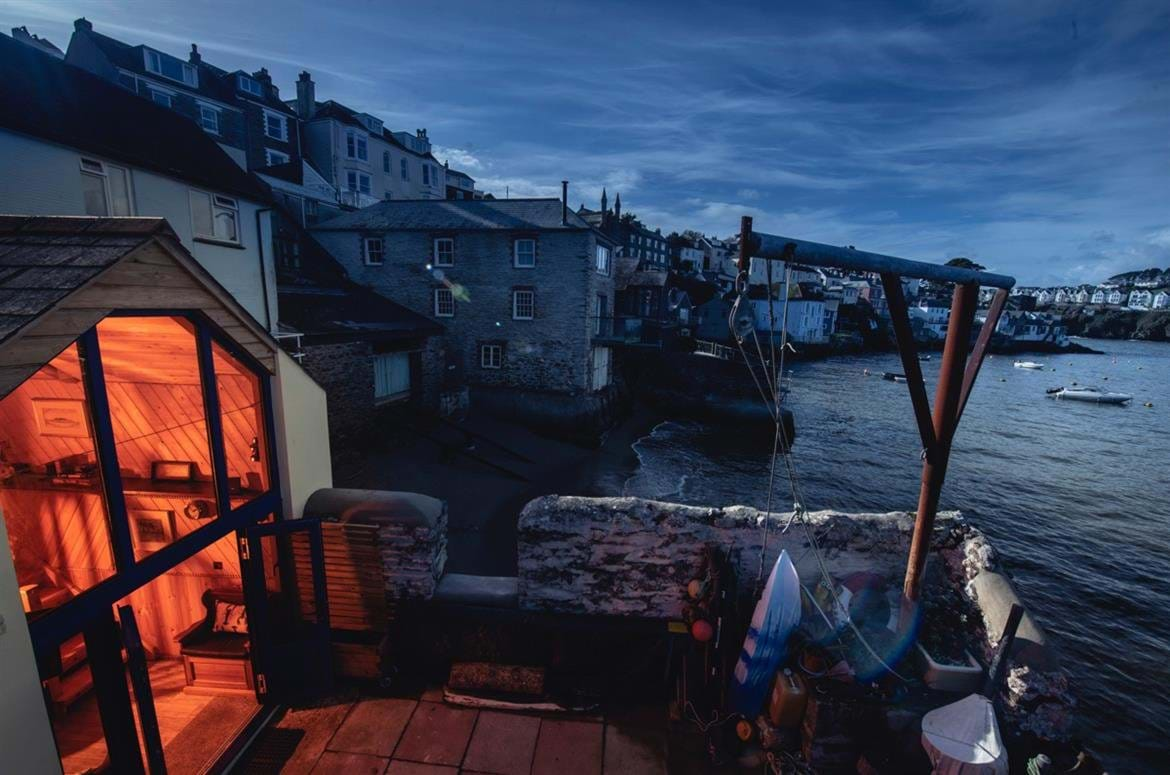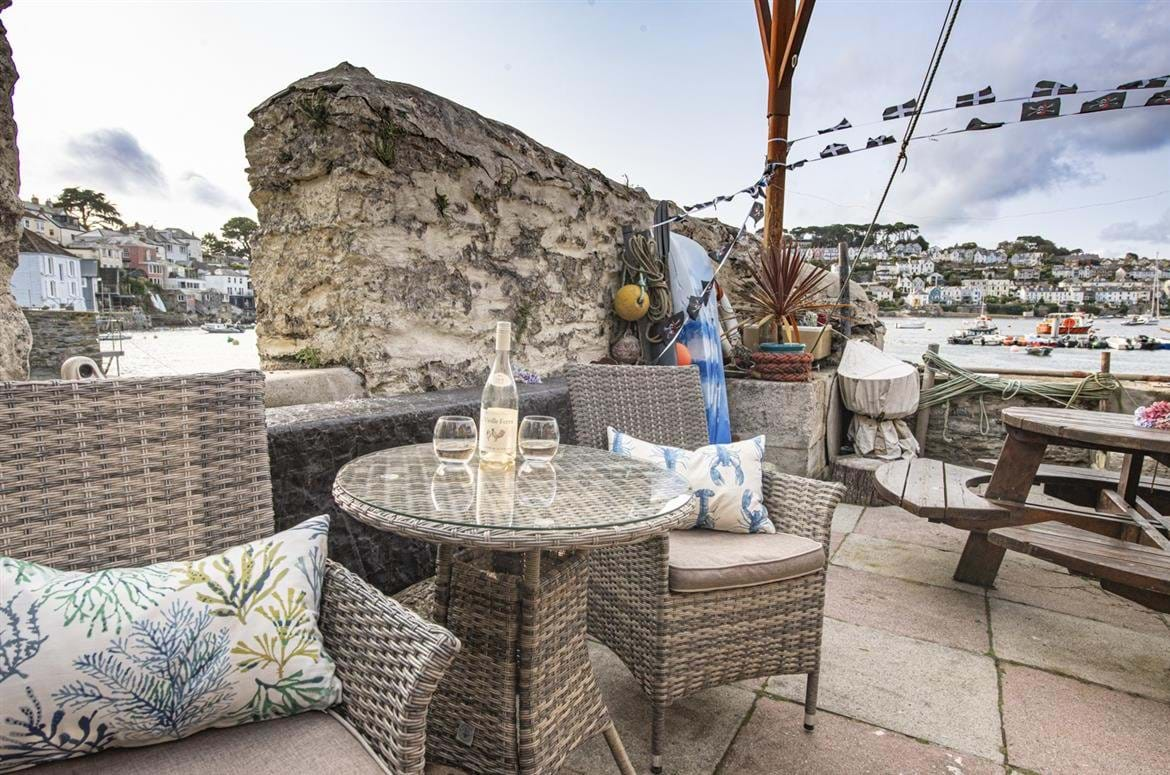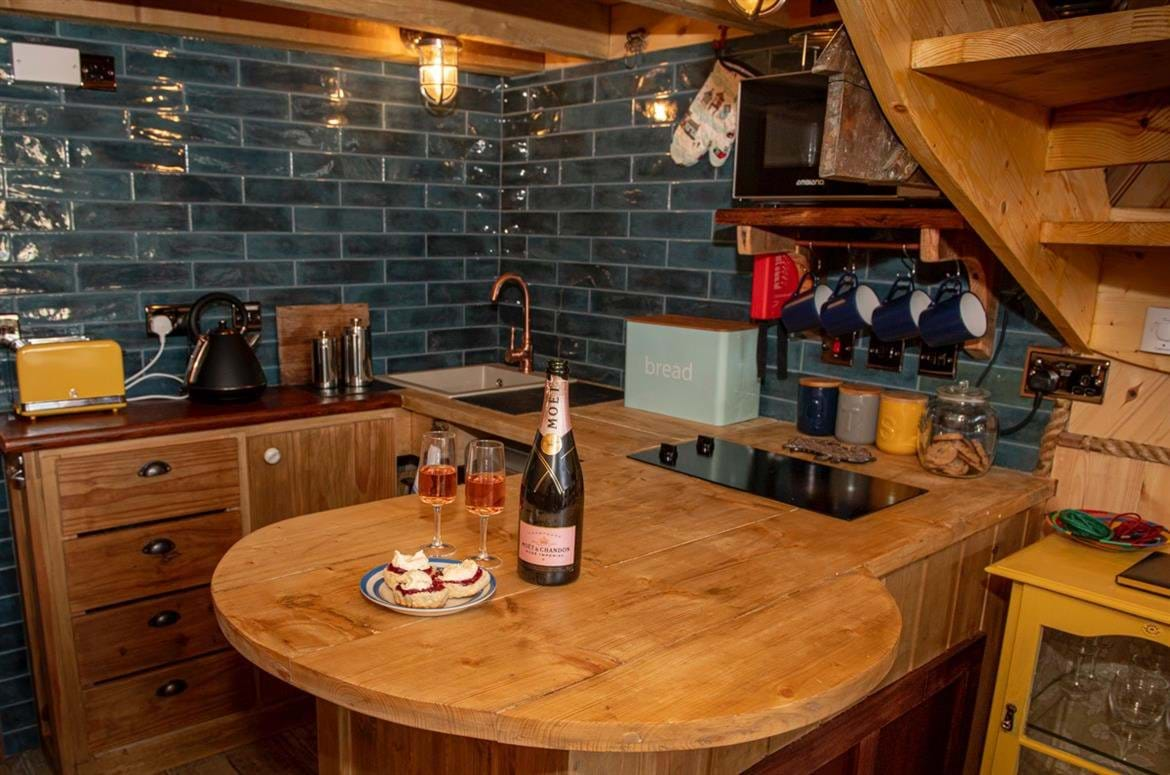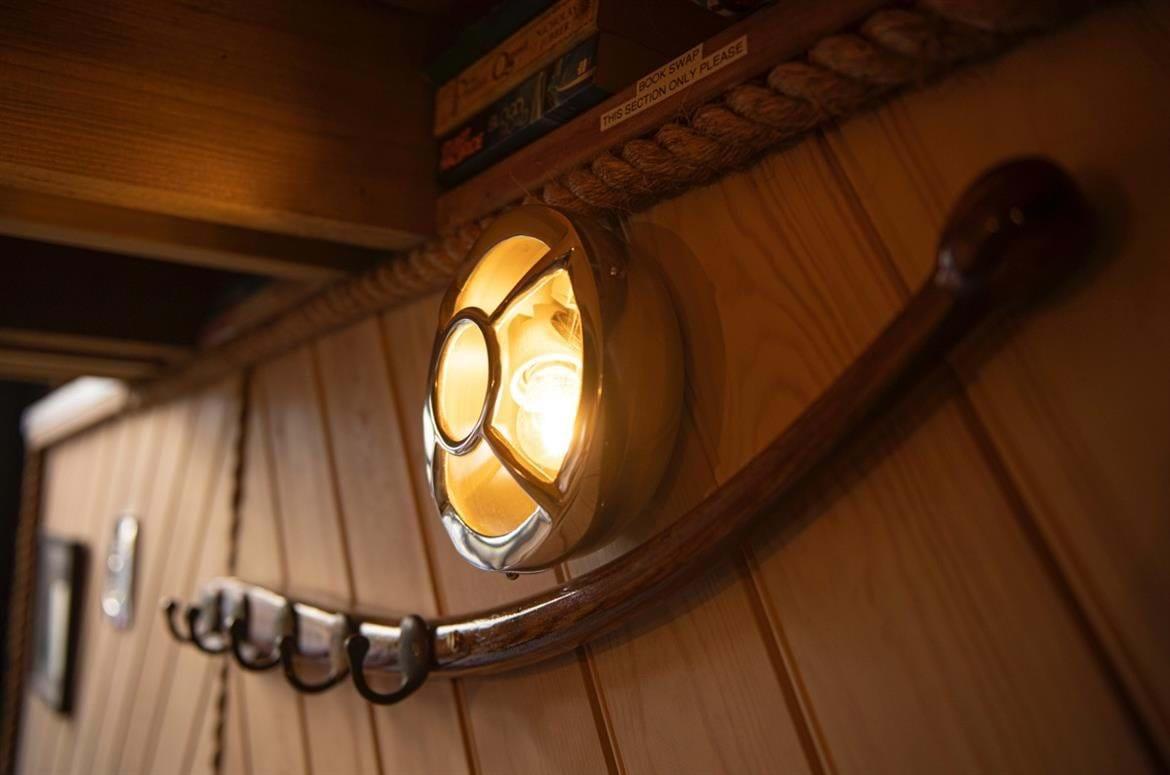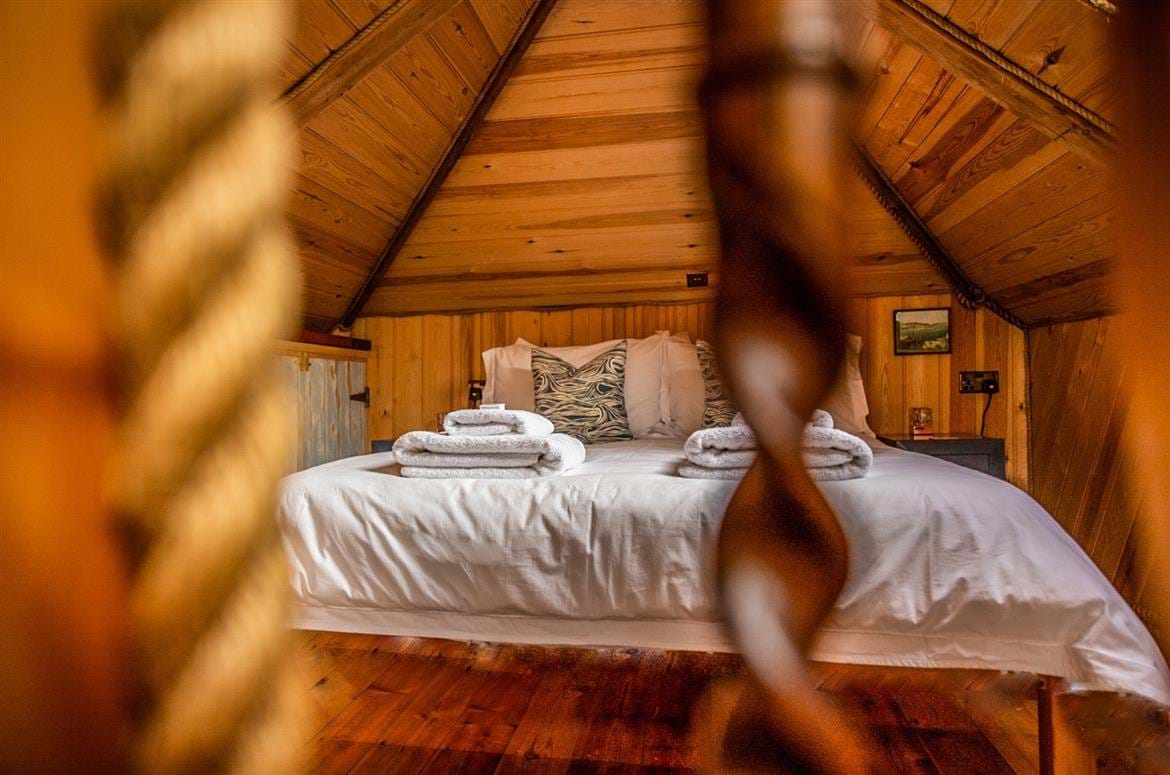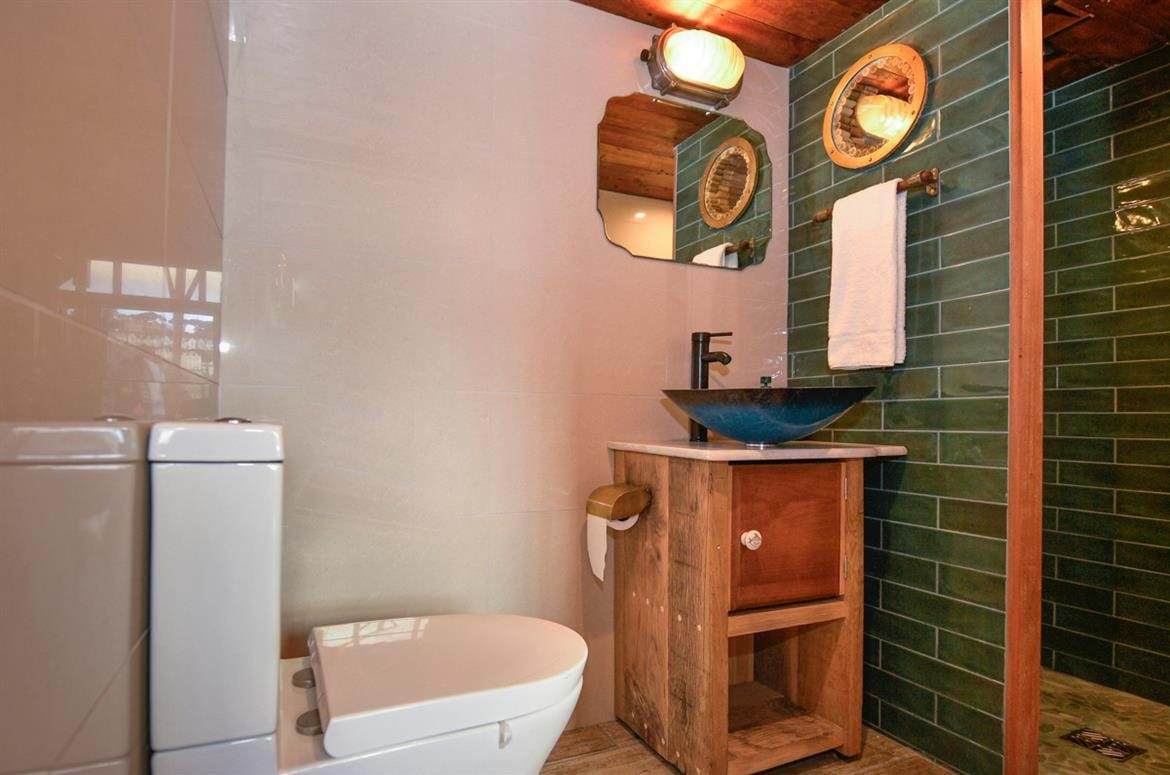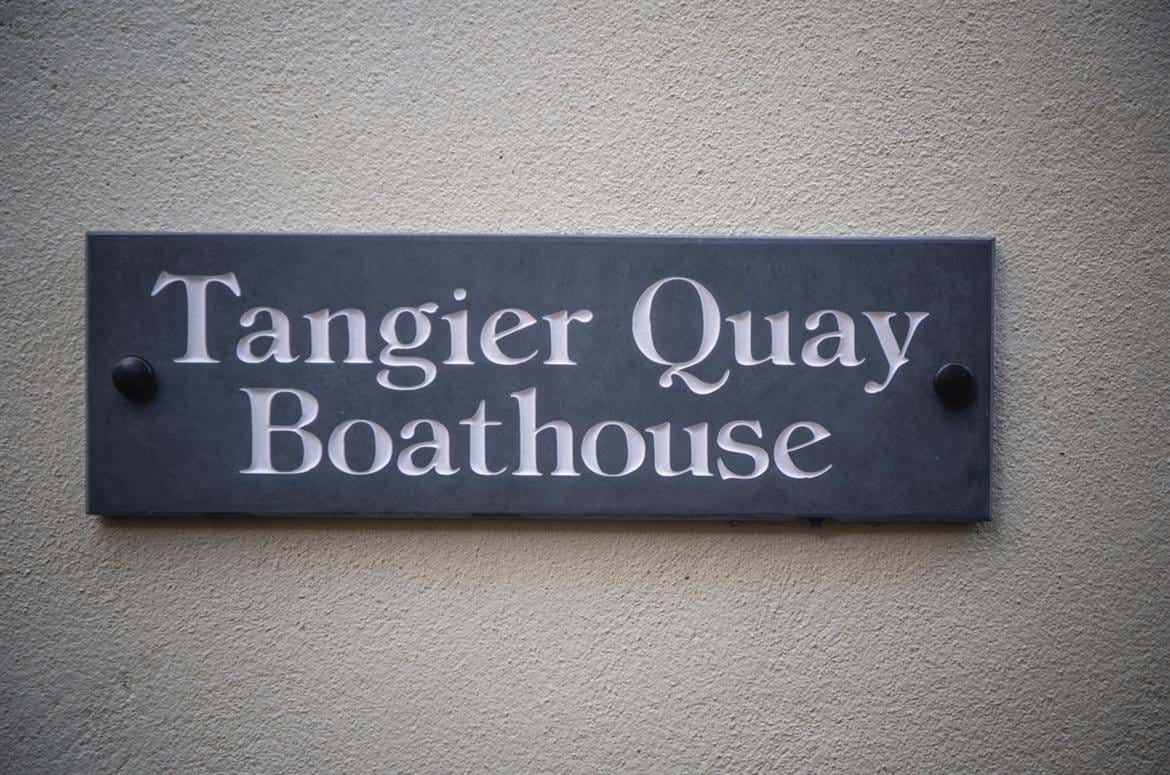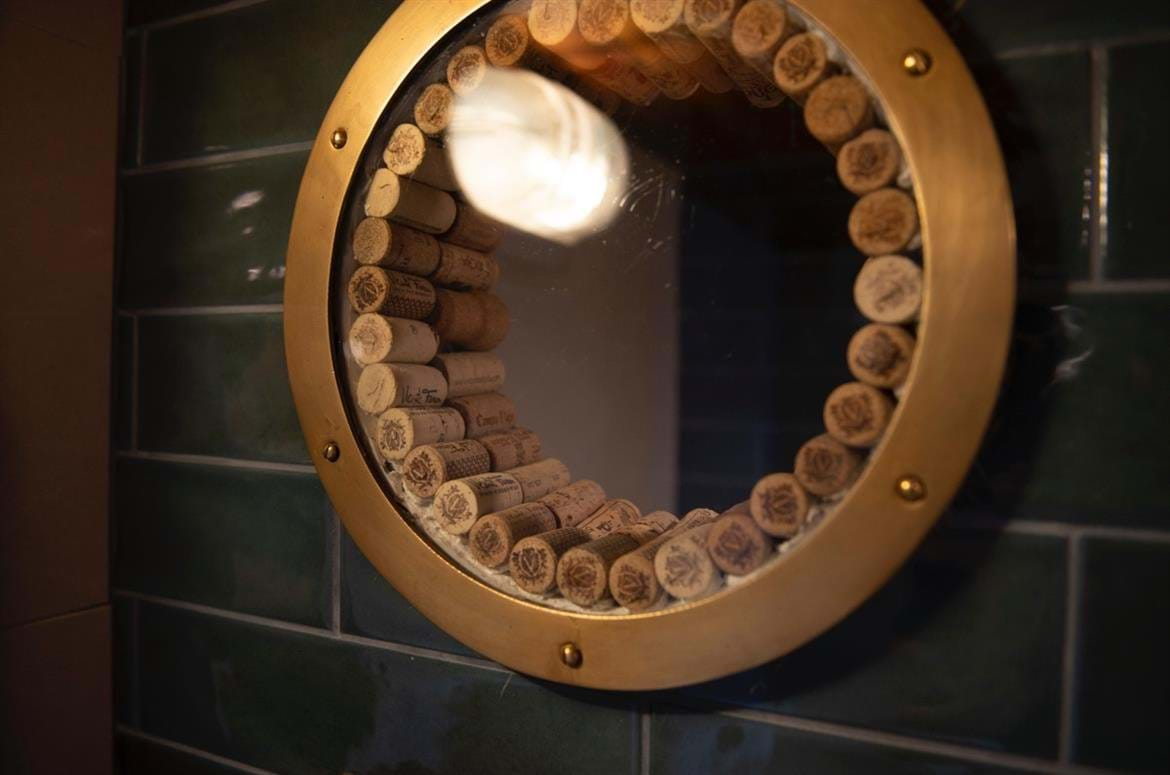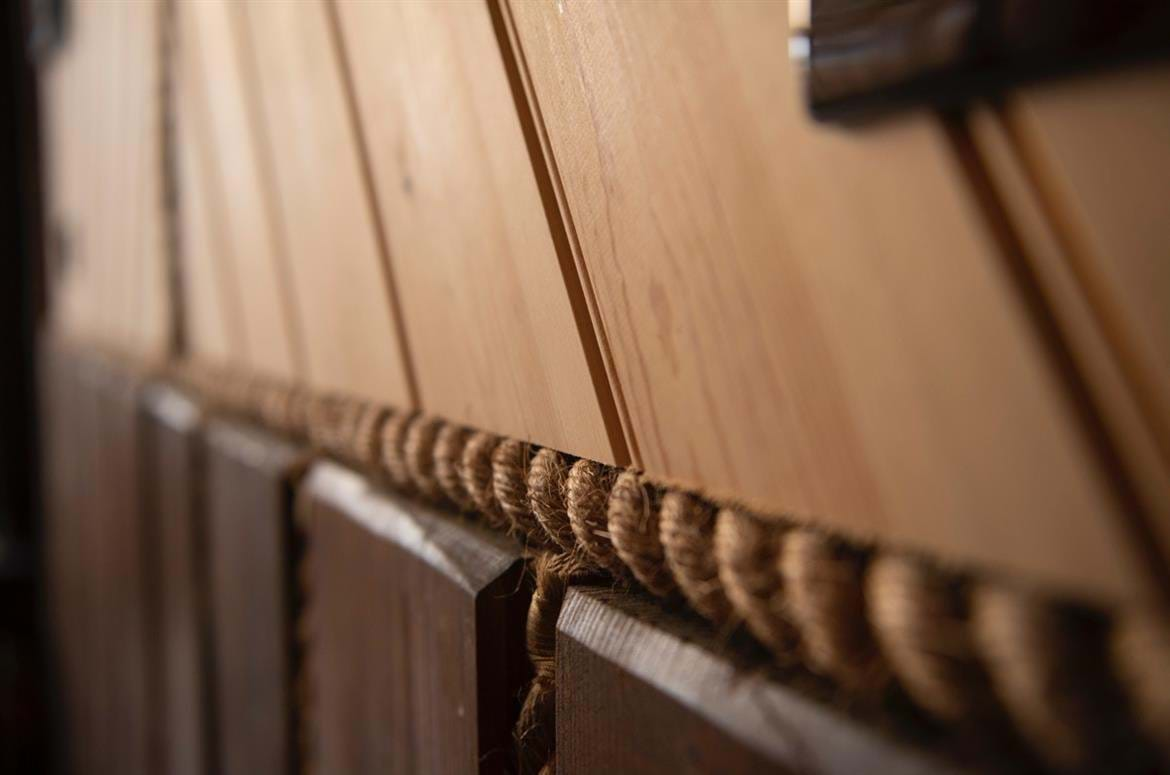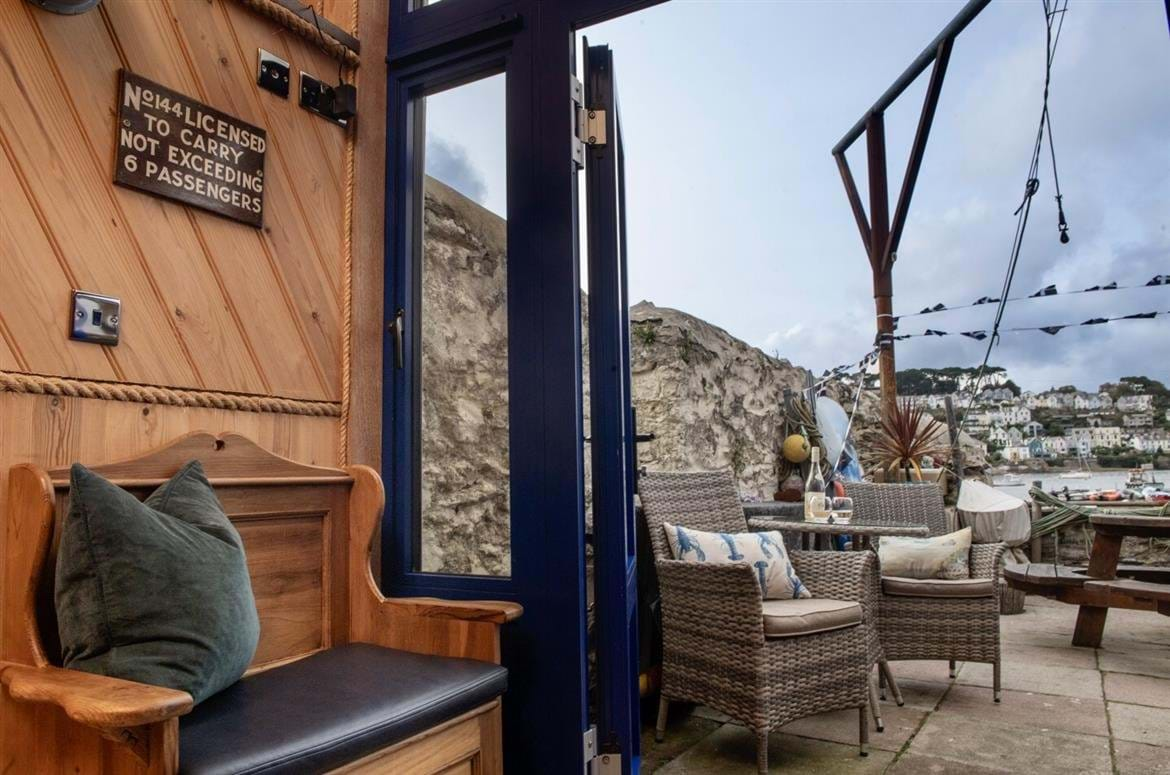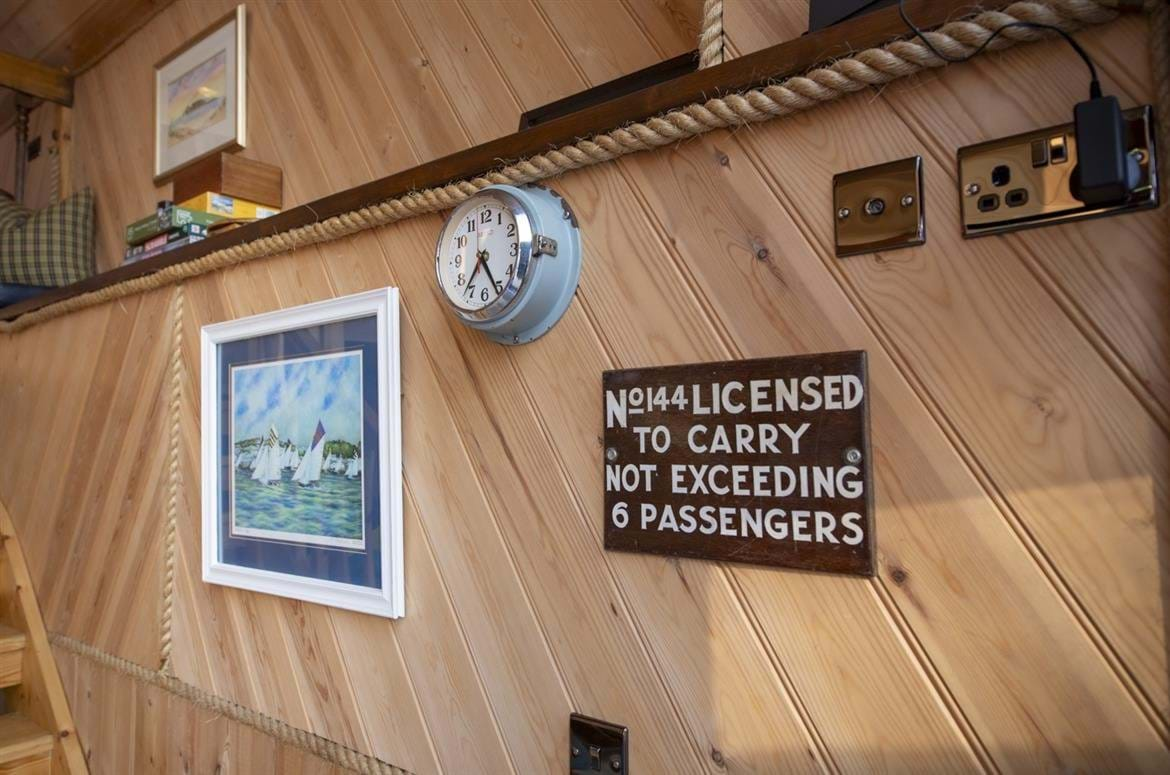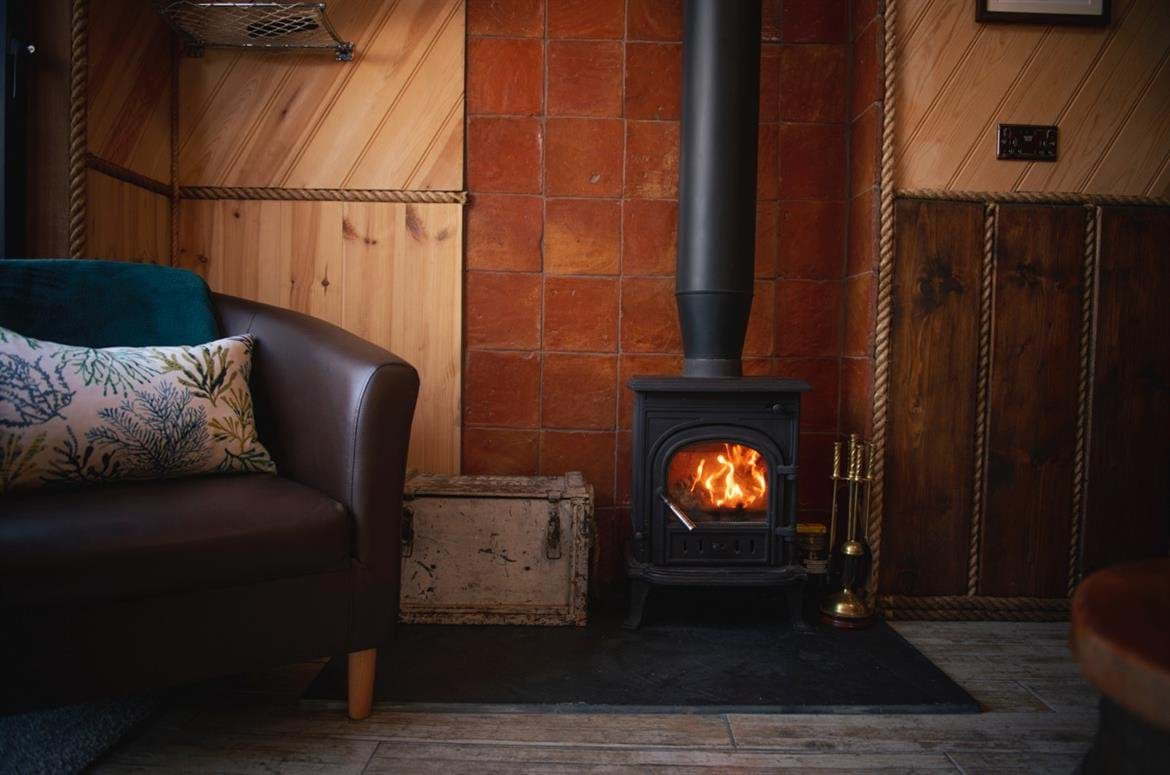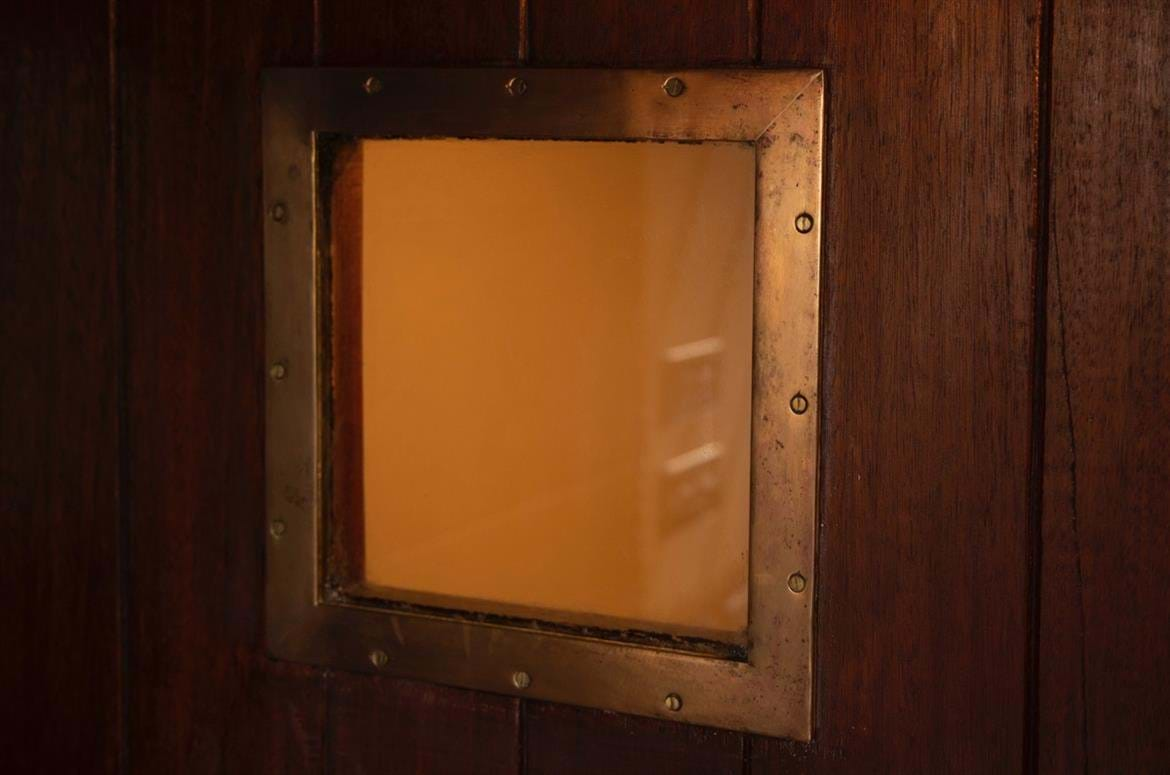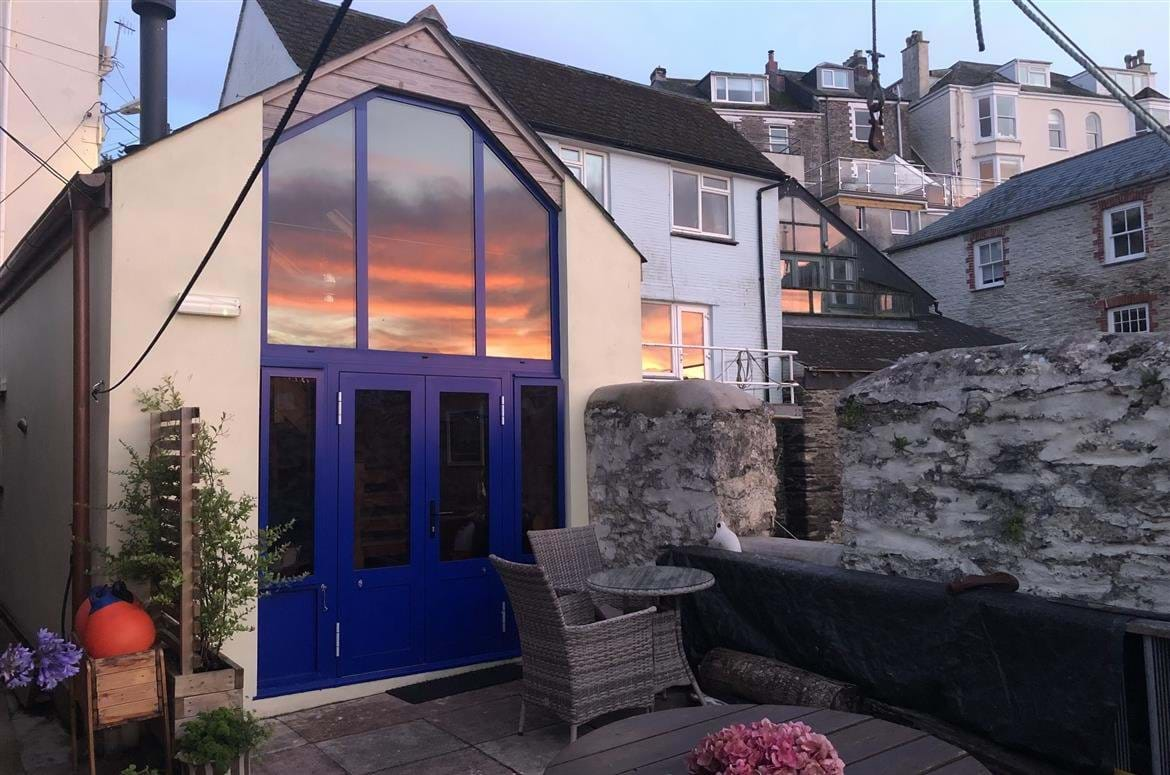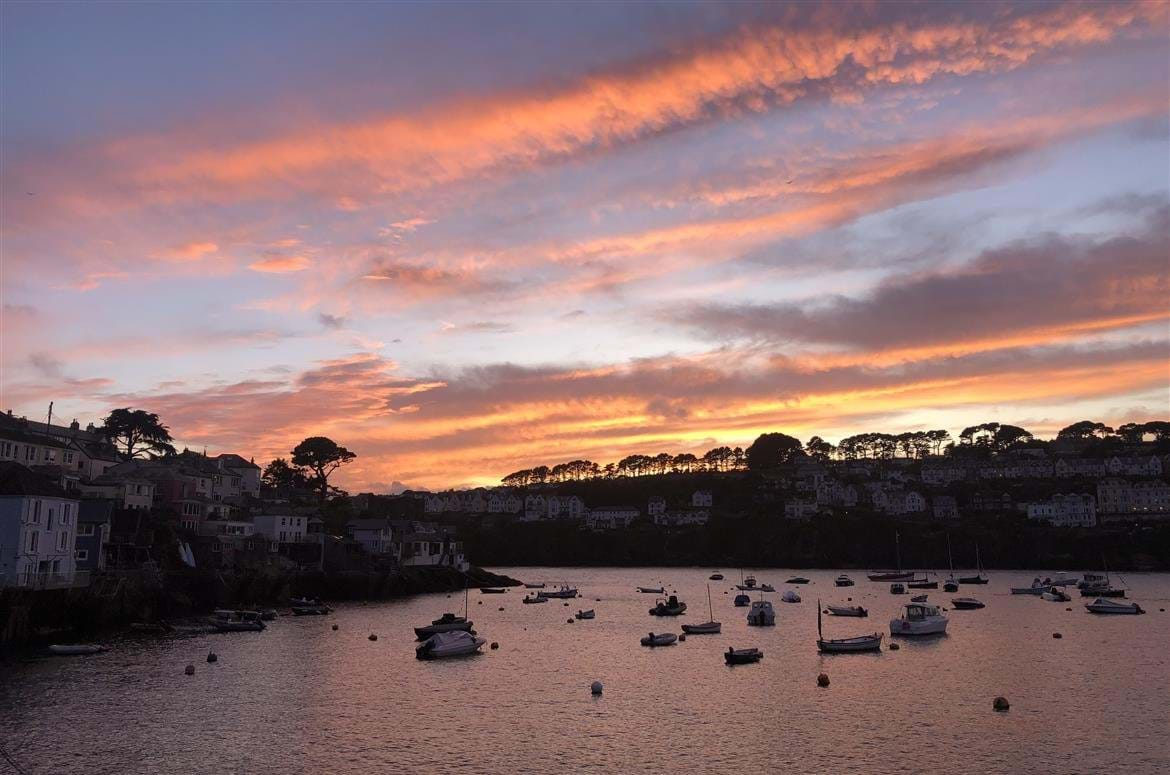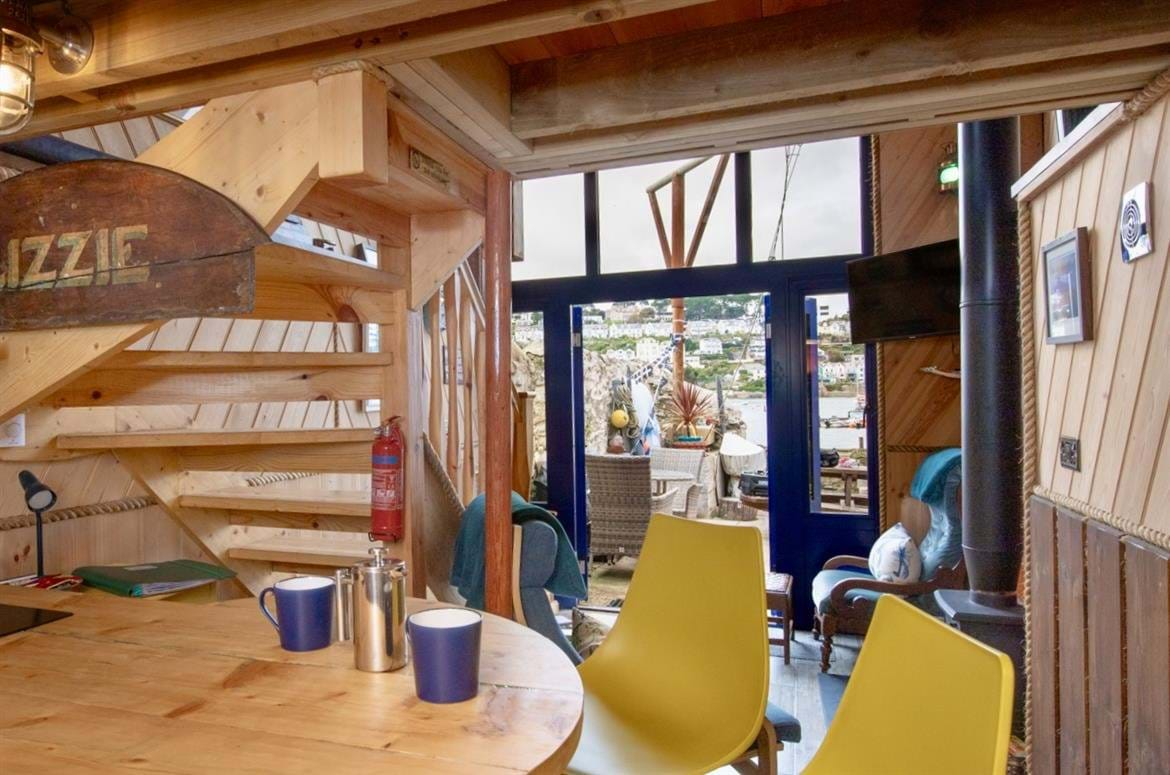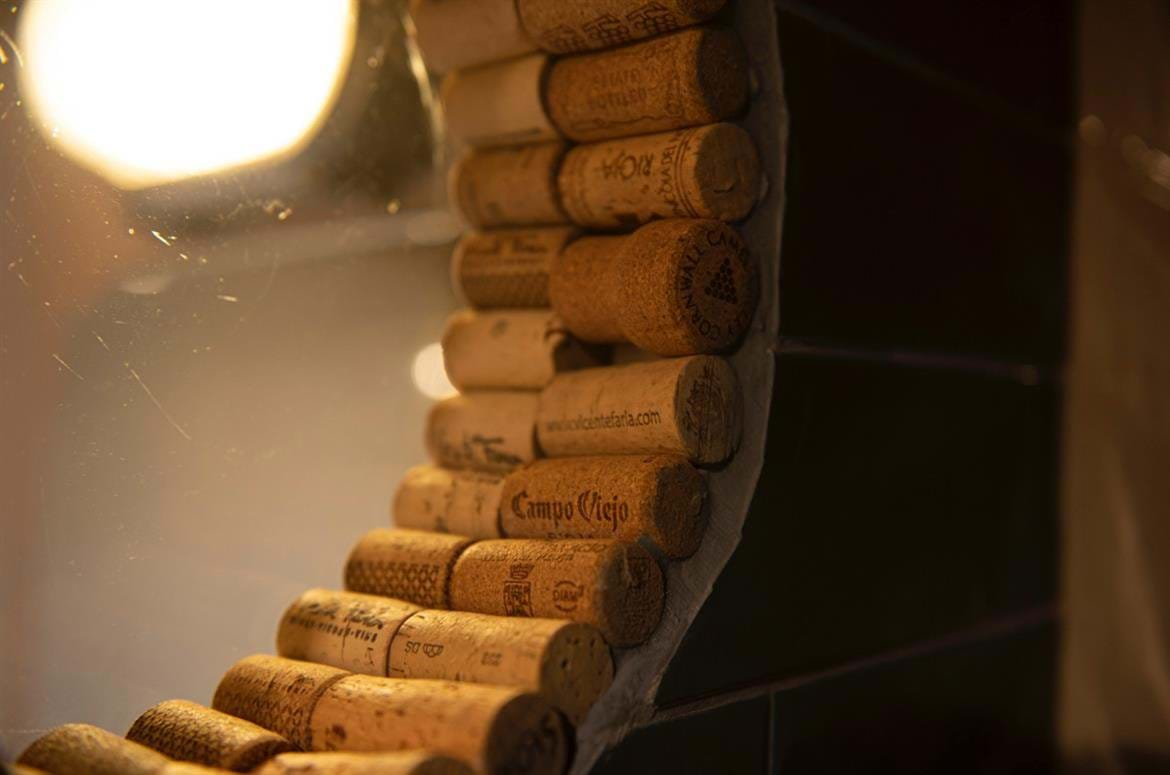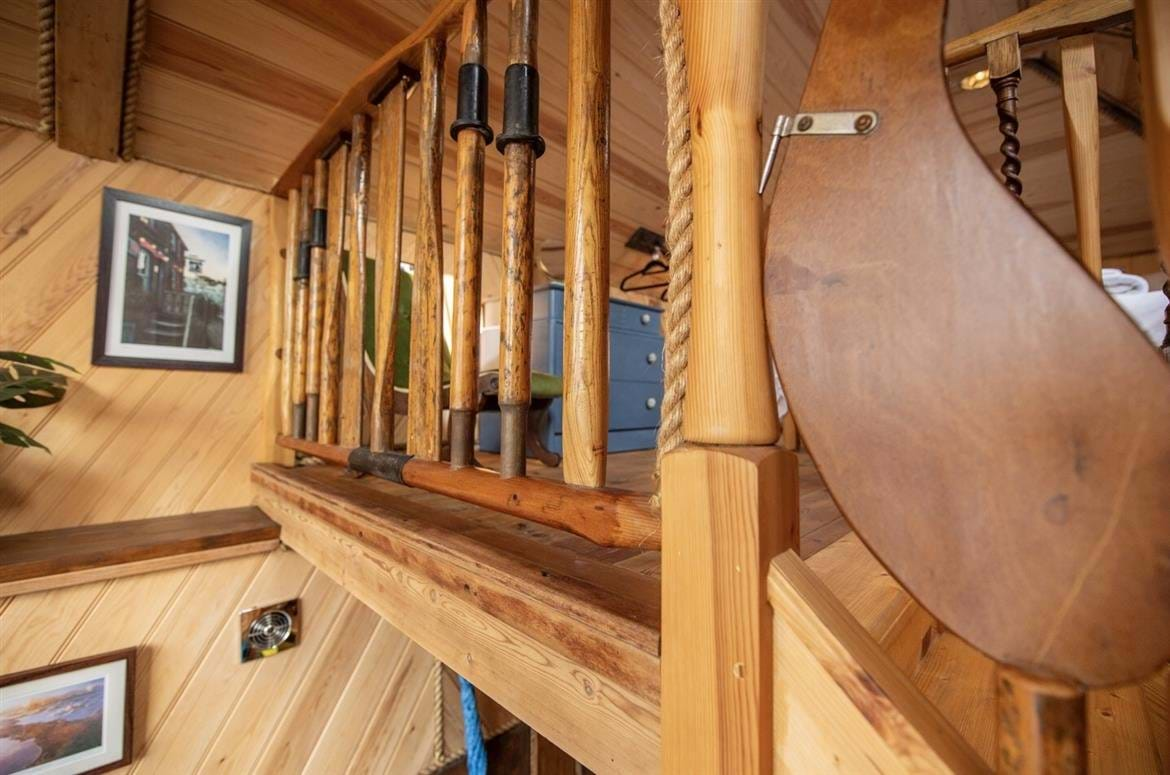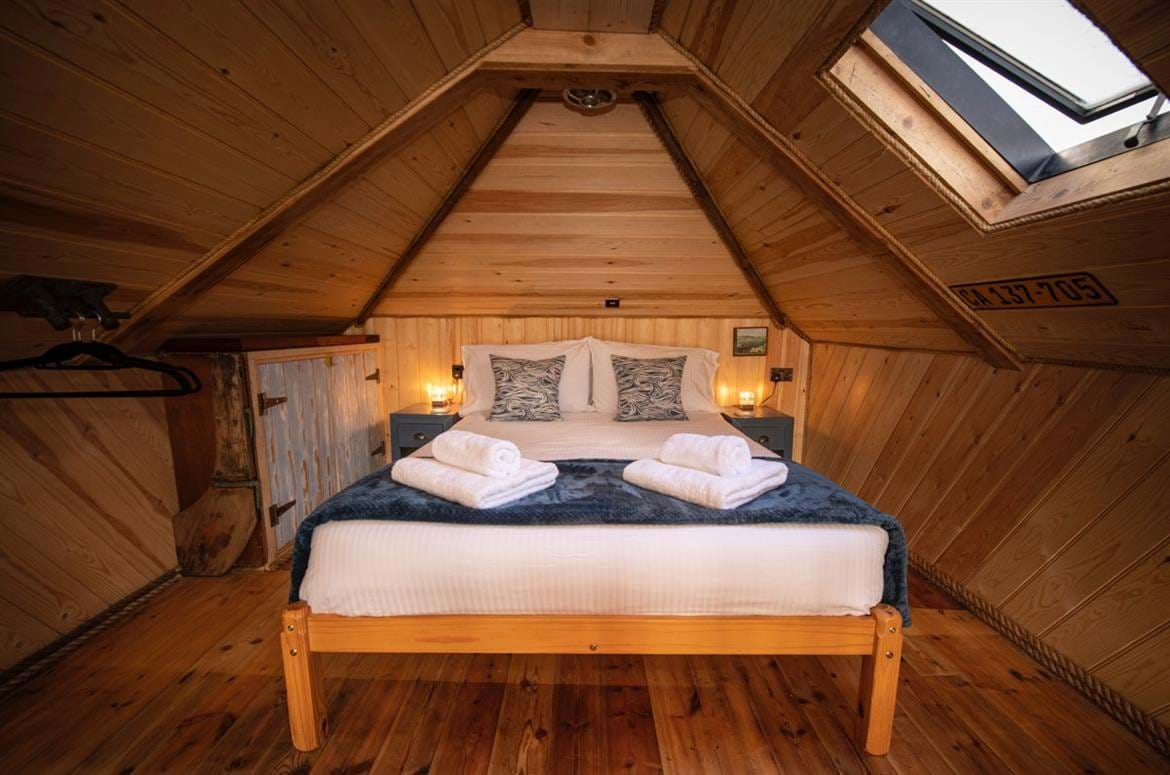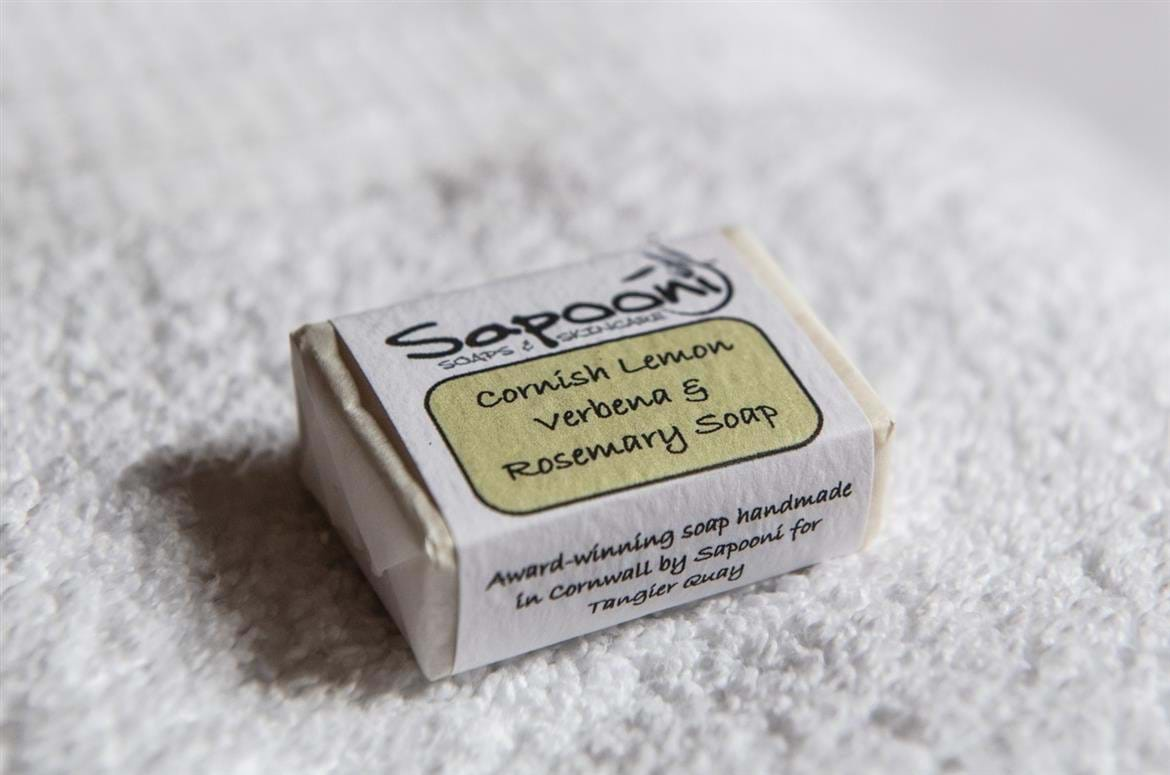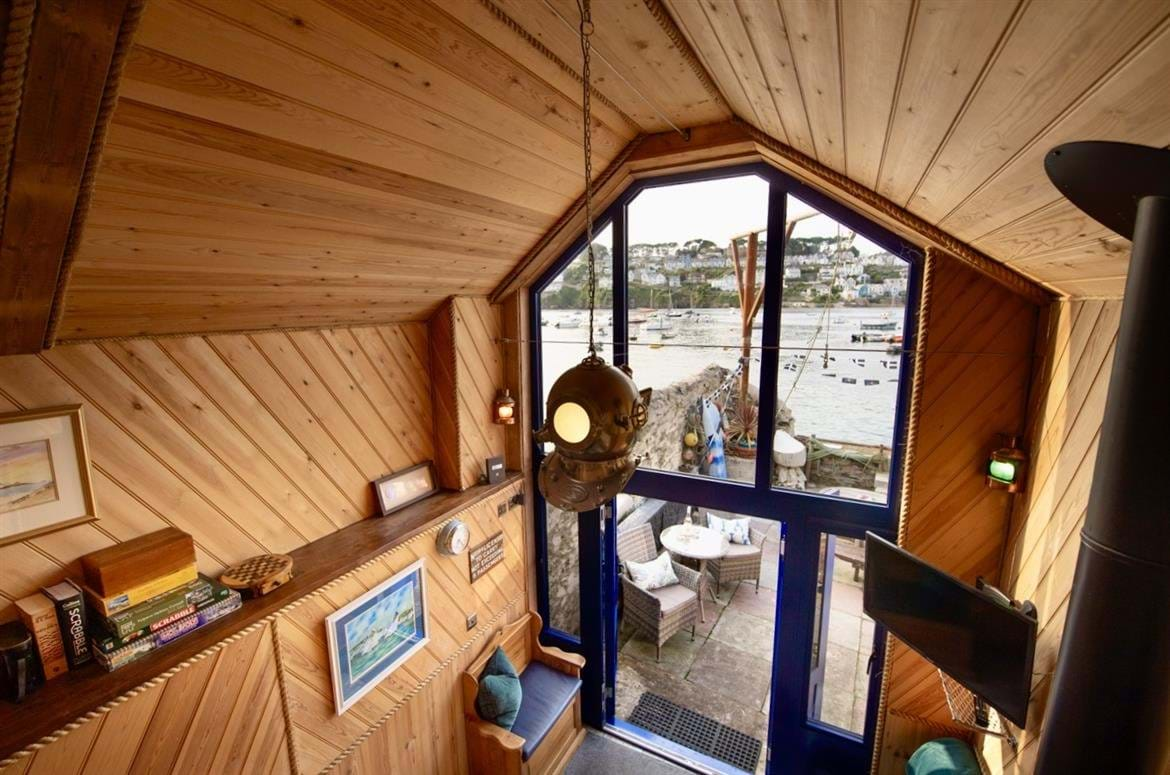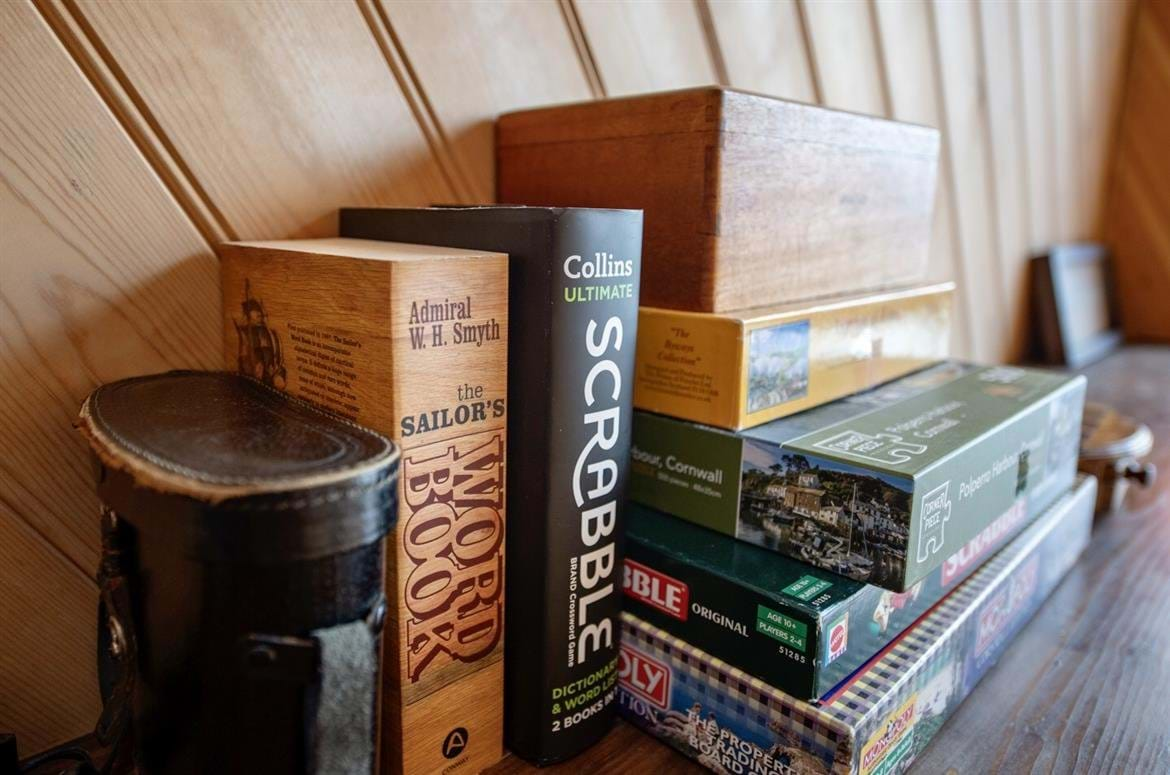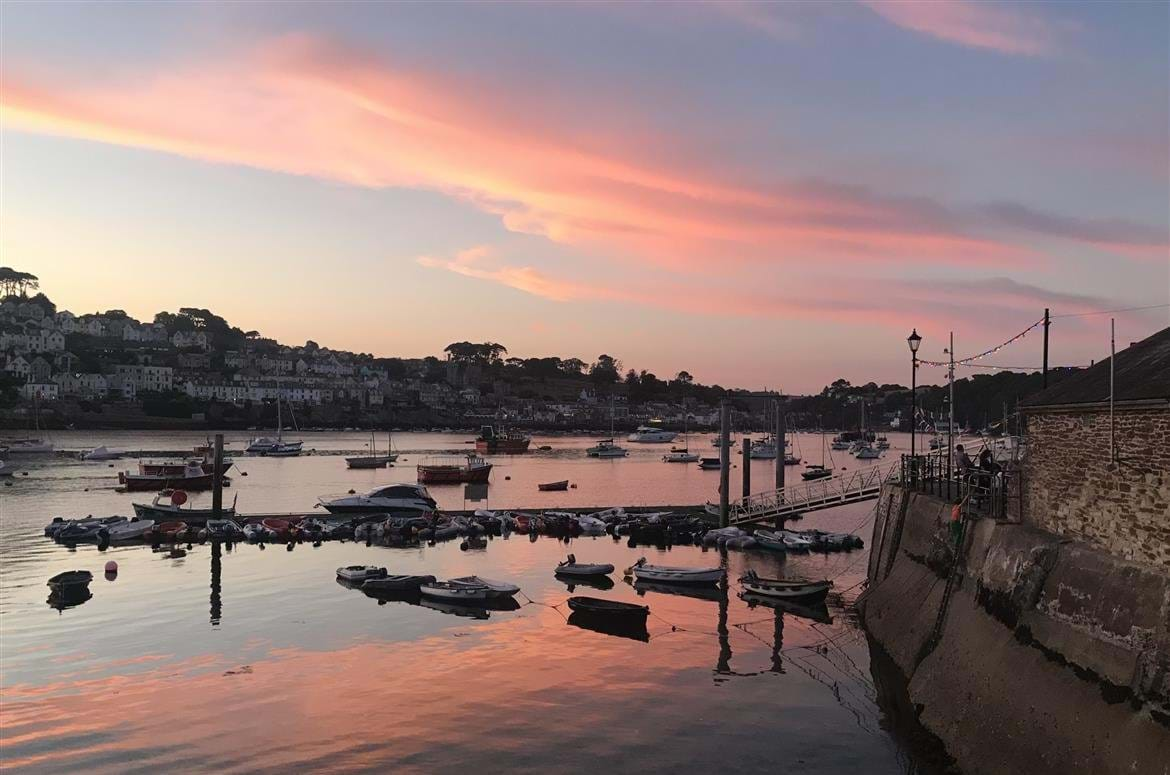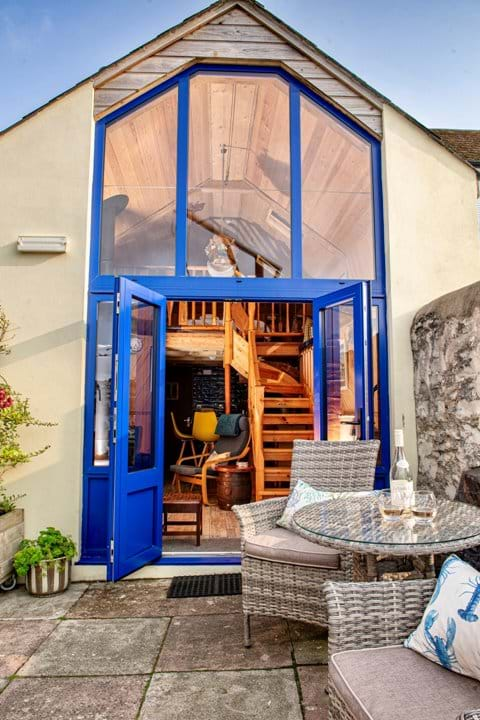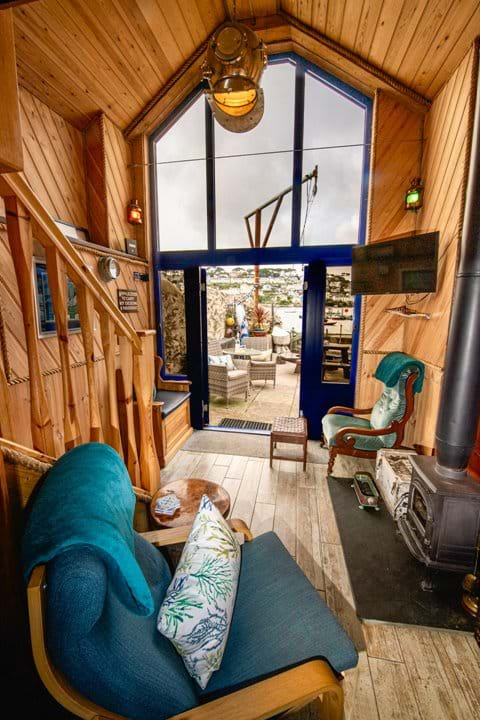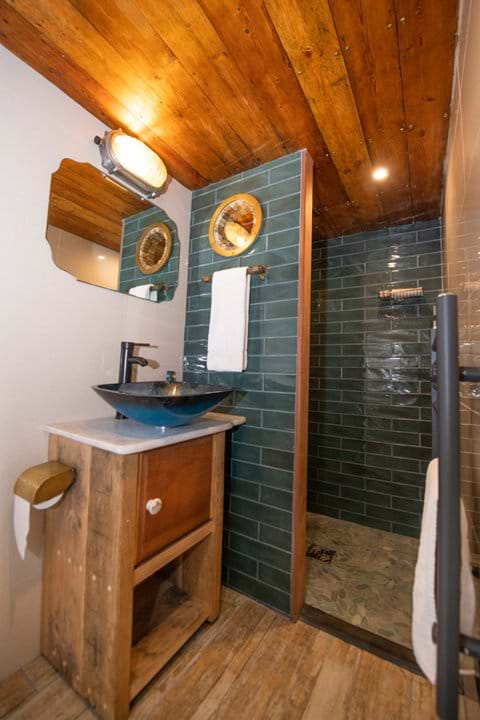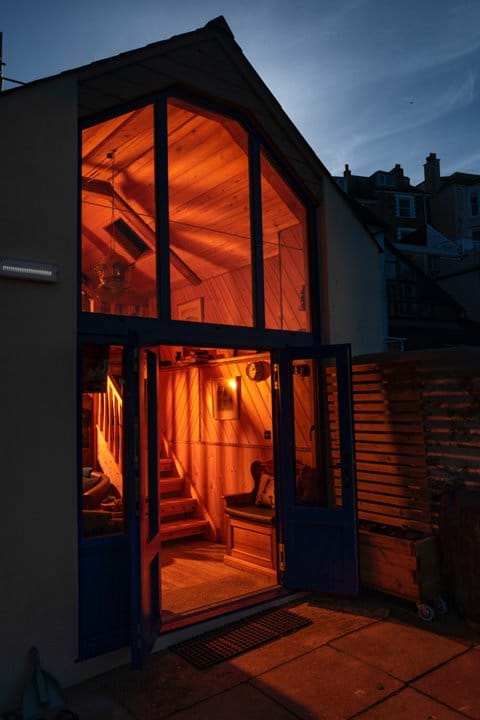Welcome to Tangier Quay Boathouse
Your idyllic waterfront retreat in picturesque Polruan, dating back to the 8th century, on the south east coast of Cornwall awaits with breathtaking views cross the glorious Fowey River. Surrounded by water on three sides, Polruan is an enchanting and extraordinary haven.
This 16th century structure has been lovingly converted into a highly unique accommodation for two. Tangier Quay Boathouse is a bijou, 7 x 3 metre harbourage right on the Polruan waterfront. The relaxing ocean inspired decor will immediately put you in holiday mode. Both levels enjoy unlimited harbour views through the huge glass windows and doors.
Share our sheltered and sunny yard (we get the sun from late morning until sundown: Polruan isn't known as "The Sunnyside" for nothing!) Sit, relax and watch the sailing or sunset whilst enjoying a glass or two.
The boathouse is perfect for romantic breaks and honeymoons (or mini moons) as well as for hikers and water users. Polruan “Back” Beach is at your disposal at low tide to picnic, kayak, paddle board or just relax with a book.
We are conveniently located on Polruan Quay next to The Winkle Picker shop and behind The Lugger Inn with the foot passenger ferry to Fowey a few strides away. The South West Coastal Path is accessed at the top of the village and the glorious Hall Walk begins at the bottom.
The village of Polruan is situated on the east bank of the River Fowey on the south coast of Cornwall between Looe and Mevagissey. Set in an Area of Outstanding Natural Beauty, the Fowey Estuary with its large, deep water harbour is a favourite playground of the yachting crowd.
Across the water, a ten minute ferry ride away, the town of Fowey is home to a wonderfully eclectic mix of independent shops, pubs and restaurants. Walk down the ancient streets of this medieval town soaking up its rich maritime history.
The Fowey Estuary is one of the most attractive and unspoilt parts of Britain's south coast. The peaceful river is surrounded by miles of lovely open countryside, much of which is in the ownership of the National Trust.

